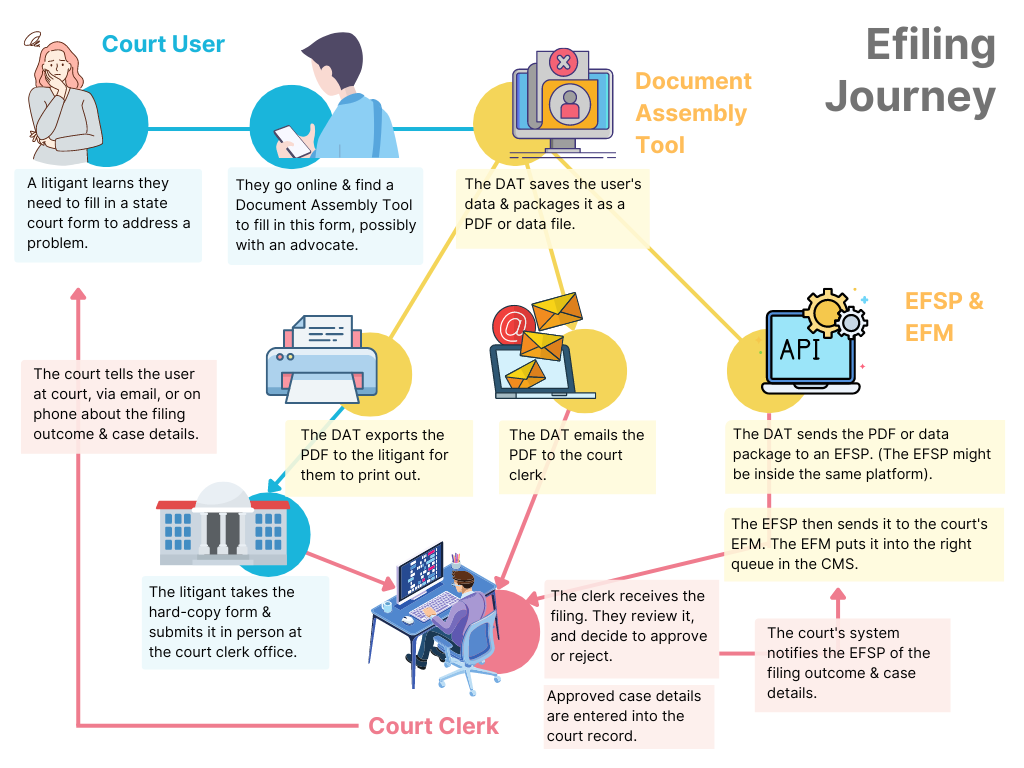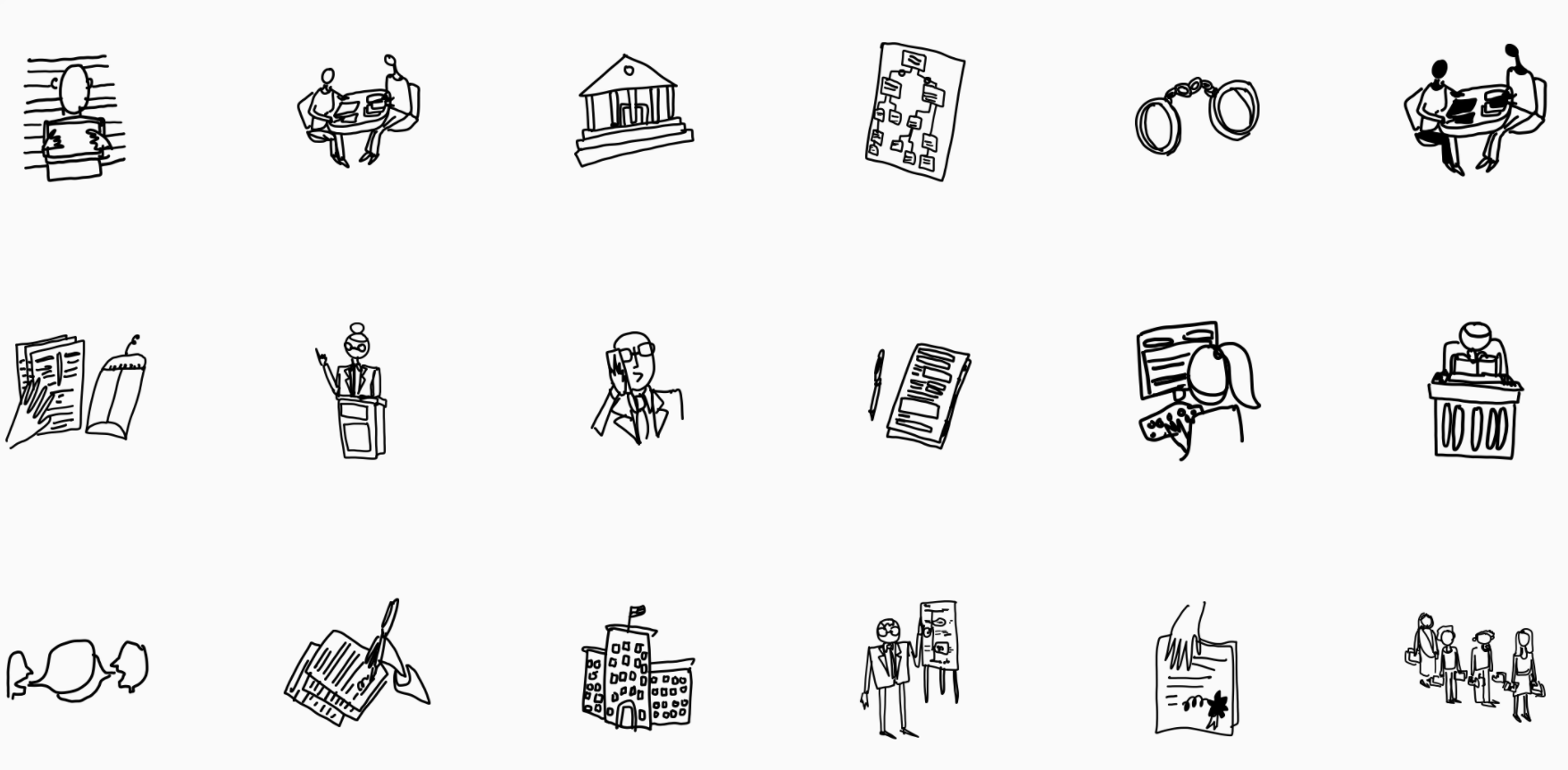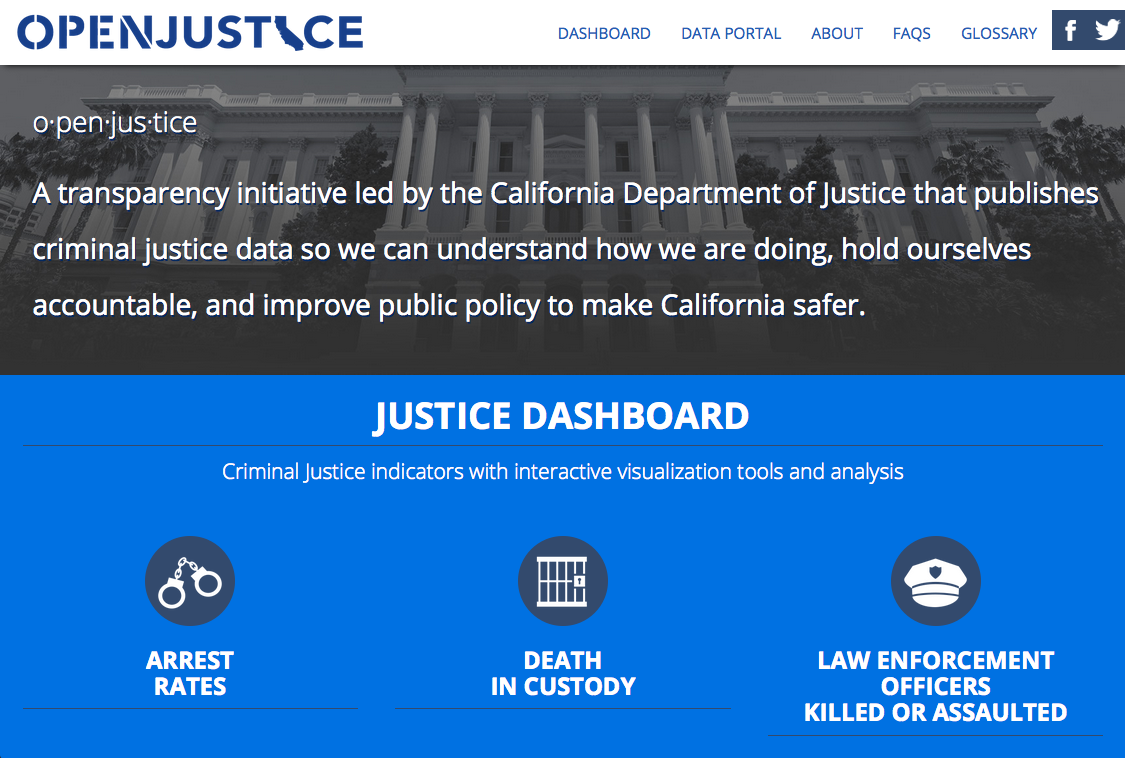As part of my access to justice innovation work, I realize one big barrier to change is understanding how systems currently operate. For example, filing and court technology is confusing. There are lots of acronyms and interrelated systems: efiling managers, efiling service providers, document assembly tech, case management systems, document management systems, the list goes on.
What that means is that many judicial & legal leaders don’t have a systematic understanding of how their system operates — or how it could. Especially when thinking of getting more people access to participating in the courts & lawsuits against them — filing matters! But the technology around filing is complicated, jargony, and easy to glaze over.
I have been working on process maps to help more leaders understand this complicated system & where opportunities are.
I started with a comprehensive map, of all the different users & tech products that are options. I made it centered around the journey of a form — and included 3 different paths into the court.
This is too complex for most users, but was meant for a power-user audience of people who were already vaguely familiar with filing and courts.
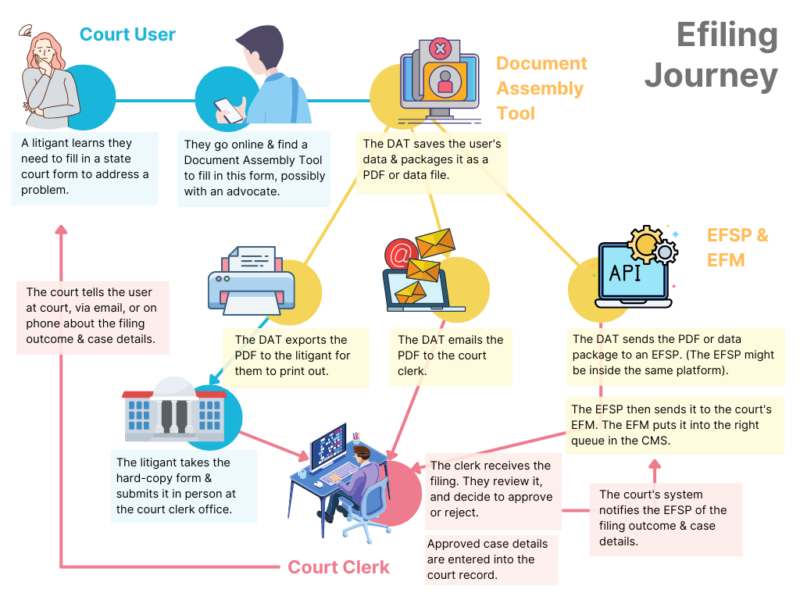
Here is one simplified version of different options for the court user to get their form into the court clerk.
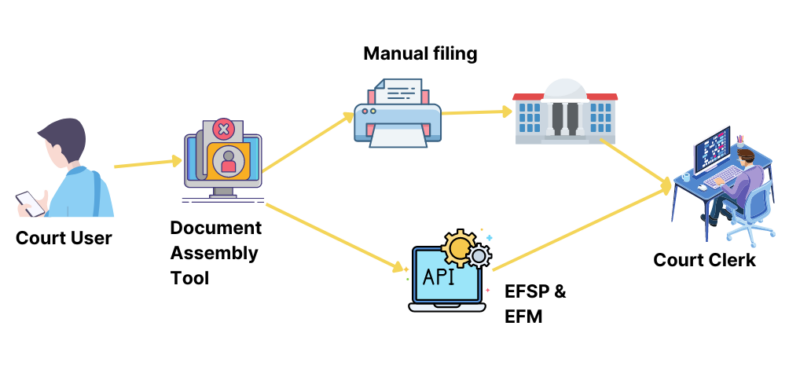
I tried breaking this into 2 diagrams to show the difficulties of manual filing — and the advantages of filing.
Message: manual filing is problematic, even with a tech tool to help fill in the form online.
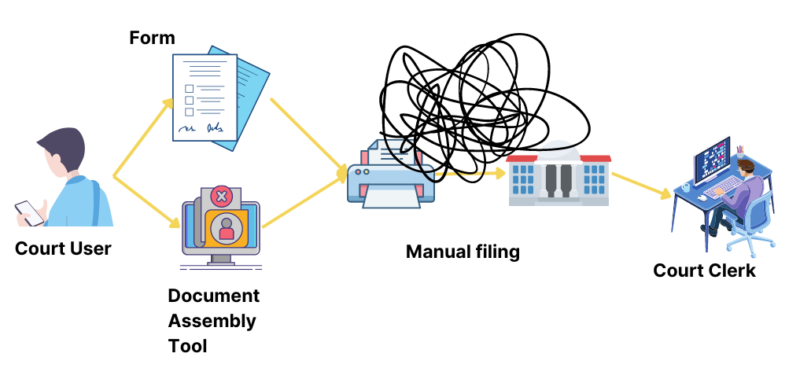
Message: efiling through EFSPs and EFMs can simplify the user’s journey to getting data into court.
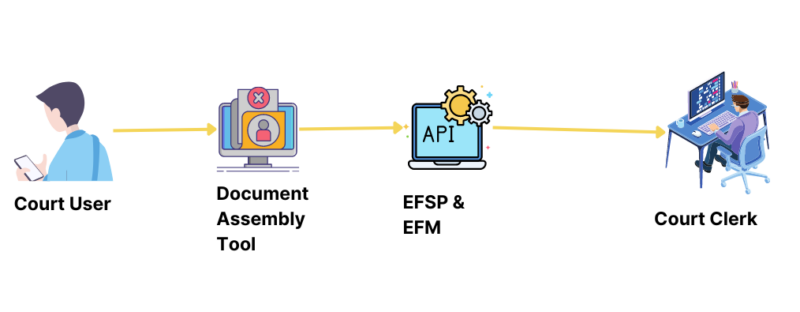
Ideally more clear filing diagrams and explanations can help more judicial leaders make strategic decisions about their tech infrastructure & partnerships.

